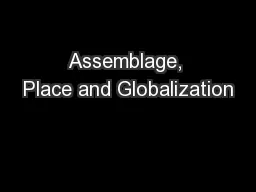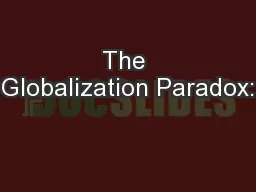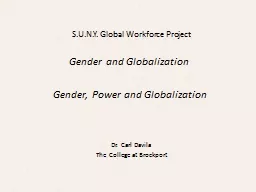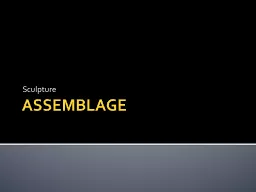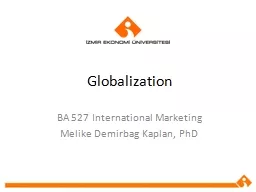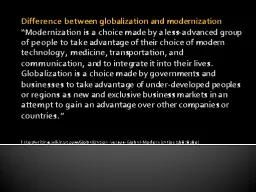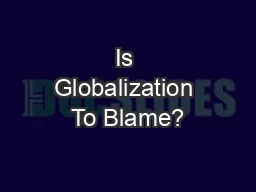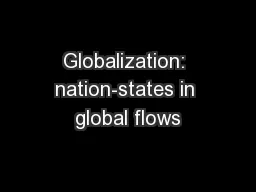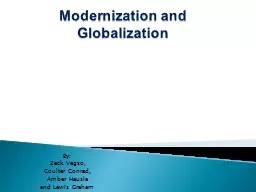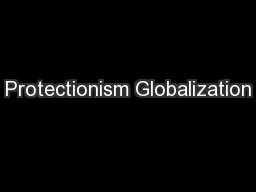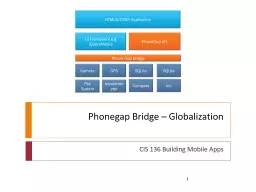PPT-Assemblage, Place and Globalization
Author : calandra-battersby | Published Date : 2017-11-29
Michael Woods w ith Jesse Heley Francesca Fois Laura Jones Anthonia Onyeahialam Samantha Saville Marc Welsh Aberystwyth University UK International Symposium
Presentation Embed Code
Download Presentation
Download Presentation The PPT/PDF document "Assemblage, Place and Globalization" is the property of its rightful owner. Permission is granted to download and print the materials on this website for personal, non-commercial use only, and to display it on your personal computer provided you do not modify the materials and that you retain all copyright notices contained in the materials. By downloading content from our website, you accept the terms of this agreement.
Assemblage, Place and Globalization: Transcript
Download Rules Of Document
"Assemblage, Place and Globalization"The content belongs to its owner. You may download and print it for personal use, without modification, and keep all copyright notices. By downloading, you agree to these terms.
Related Documents

